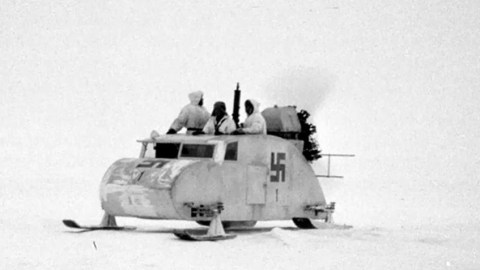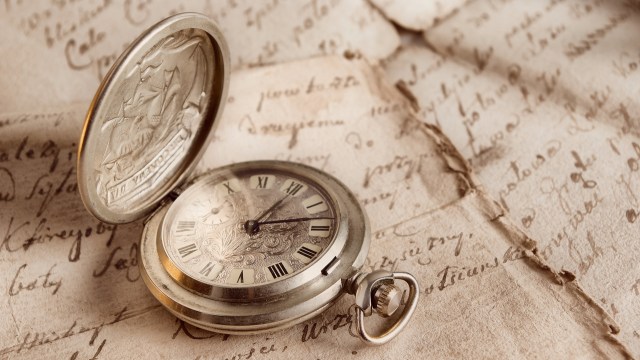Secret Nazi Science Base Discovered in the Arctic

A Russian expedition into the Arctic circle has unearthed a treasure-trove of artifacts from a secret Nazi weather station. It was set up on the island of Alexandra Land (in Franz Josef Land) during World War 2.
As reported by RT News, the station was dubbed Schatzgraber (“Treasure Hunter”), and the artifacts found by the expedition reveal much about its inhabitants. The historical artifacts, dating as far back as 1942, include military ammunition and uniforms, meteorological instruments, and personal items. Their value for the researchers lies in confirming the purpose and fate of the station.
“Before it was only known from written sources, but now we also have real proof,” said Evgeny Ermolov, a senior researcher at the National Park. “Leather, wood, natural fabrics and plastic are well preserved in the climate of Franz Josef Land. Metals, by contrast, under the influence of the cold humid environment, don’t last. They quickly rust and eventually fall apart,” he explained to TASS.
“Relying on authentic historical sources, including the memoirs of one of the members of the German meteorologists group, we have conducted a study of the station. Now we can reconstruct events and dispel false myths.”
What they could now confirm is that the role played by the station was in gathering weather data to aid Nazi cruisers and submarines making raids along the Northern Sea Route. The station was built in 1943 as part of operation “Wonderland” and transmitted over 700 weather reports in less than a year.
Curiously, the station met its demise due to a case of roundworm infection when the hungry crew ate polar bear meat. The meteorologists were so ill they had to be evacuated by U-boat. Their camp was destroyed.
According to the Daily Mail, Russia is aiming to use the site for a permanent military base.
See eerie footage from Alexandra Land, released by the Russian Arctic National Park here:





